Embedded system are everywhere today, powering billions of devices across various industries, from medical equipment to transportation systems and even military technology.
You’ll also find them in everyday items like digital watches, kitchen appliances, and cars. These systems are designed to be small, fast, and highly efficient, tailored to do one thing well unlike general-purpose systems that are often bulkier, more expensive, and use more power.
The global Embedded Systems Market was valued at $89.1 billion in 2021 and is expected to reach $163.2 billion by 2031, with a compound annual growth rate (CAGR) of 6.5% from 2022 to 2031, according to Allied Market Research.
This data only emphasizes the growing need for embedded systems within in-demand markets.
Embedded system design and development are contingent on availing due principle, which means continuous monitoring and evaluation throughout are vital to the process in regard to their specialized characteristics and critical functionality requirements.
In the following blog, we will review, what is an embedded system design, why it’s relevant, and subsequently review and break down the general process towards design, as well as its sequential importance toward designing effective and professional embedded designs.
What is an Embedded System?
An embedded system is a type of specialized computer system that is integrated into a larger mechanical or electronic system for a specific purpose.
It consists of a computer processor, computer memory, and input/output peripheral devices.
An embedded system is a set of computer hardware and software designed specifically for a given need.
At the heart of every embedded system is a processor that acts like the brain, managing the key functions of the device and keeping everything running smoothly.
A subset of a larger system with a specific function, an embedded system consists of a CPU, memory, and input/output modules.
The following verticals include consumer, home entertainment, commercial, industrial, medical, automotive, communications, aerospace, and military applications for embedded systems.
A user interface may not be present in all embedded systems, particularly those designed to perform a single task inside of a device.
However, some have complex graphical user interfaces (GUIs) with touchscreens, LEDs, and buttons, such as those found in mobile devices.
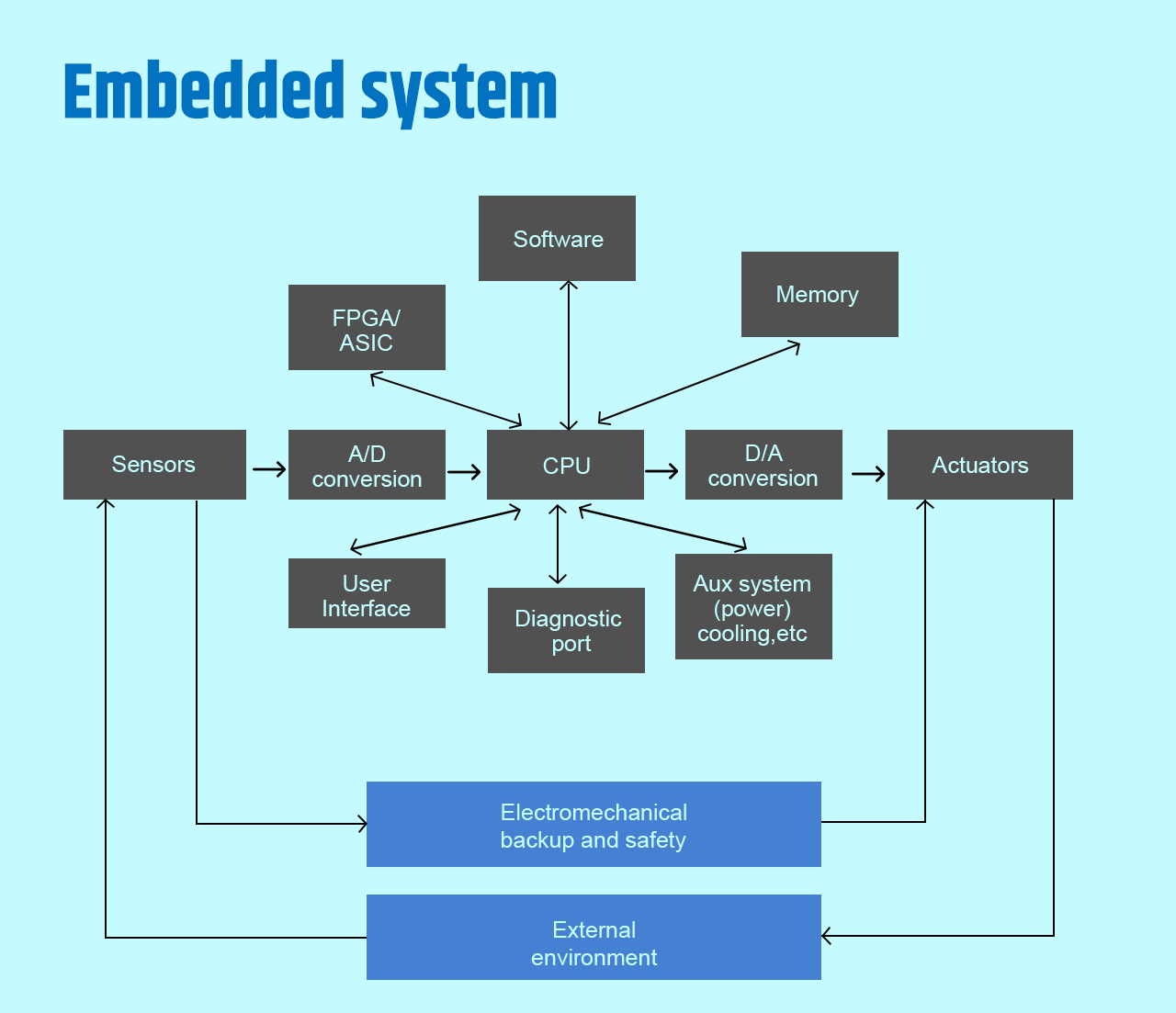
To learn about the Embedded system – A design and development guide
What is Embedded System Design (ESD)
A microprocessor-based, standalone computer system that is usually implemented as a part of a larger mechanical or electrical system is called an embedded system.
An embedded system’s integrated circuit, which handles computation, is its central component. Included are software and hardware, both of which are intended to carry out a particular, designated task.
Depending on the purpose for which they were created, embedded systems can range from being extremely complicated to being quite basic.
They could consist of a single microcontroller or a group of CPUs connected by networks and peripherals. They could have very complex GUIs or none at all.
Flash memory chips or read-only memory are used to store programming instructions for embedded devices.
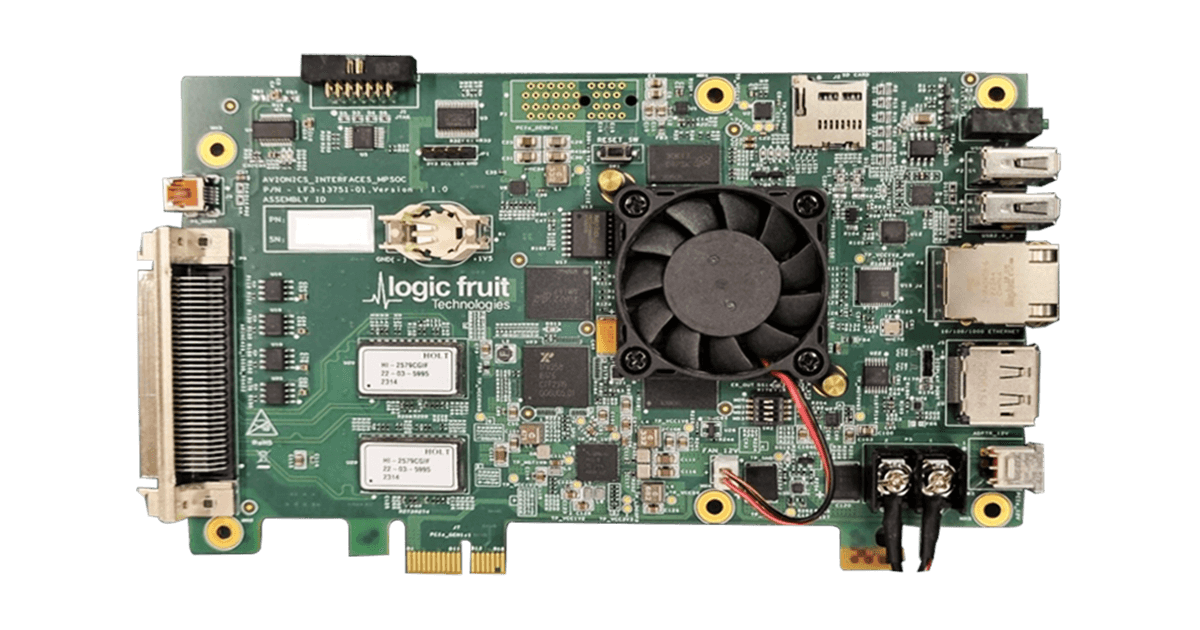
Embedded Systems Design Cycle
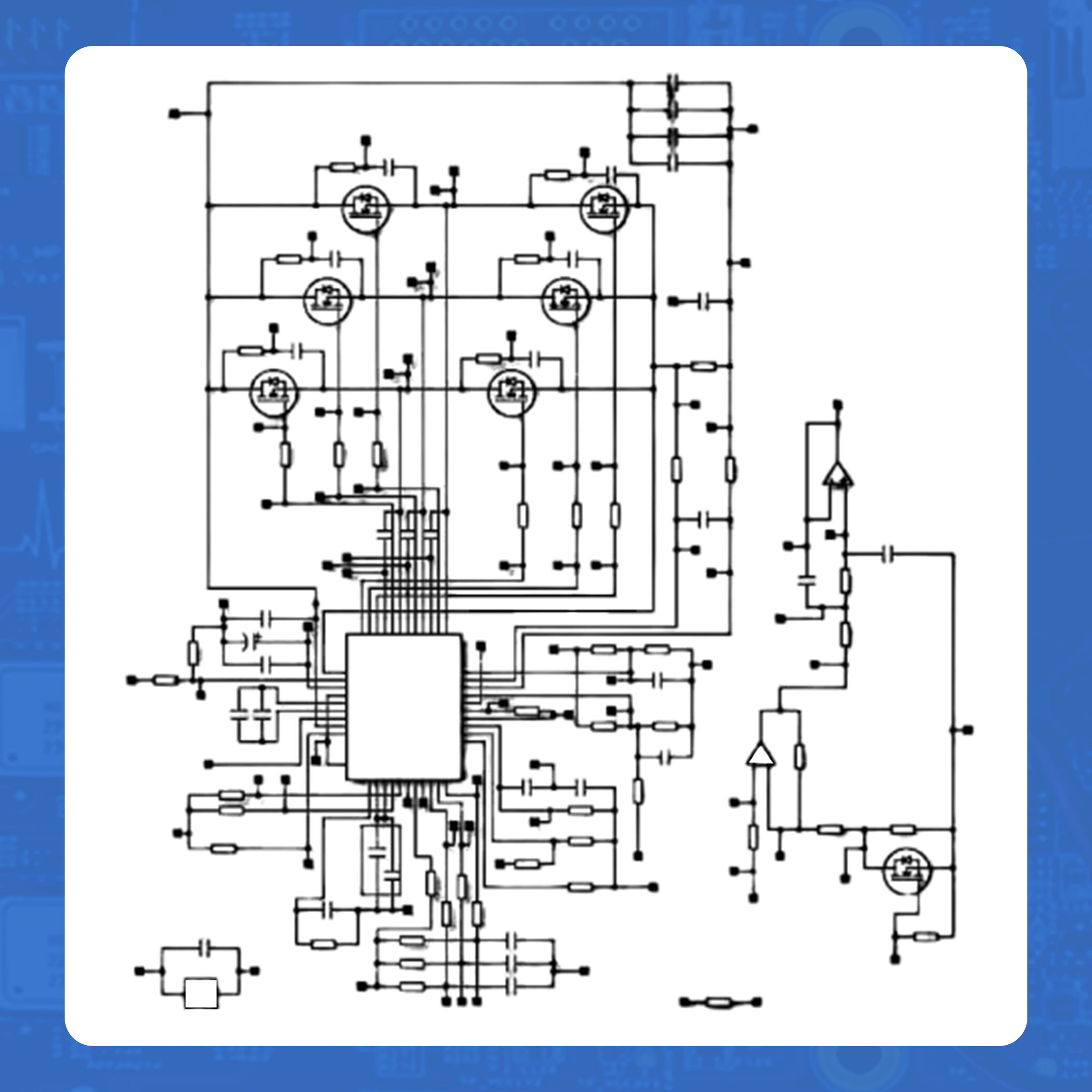
Creating schematic diagrams is one of the stages of embedded systems design.
Embedded System Design Development Process
The process of creating an embedded system involves fusing firmware and hardware design to construct a system and accomplish particular goals.
There are numerous phases involved, such as designing the PCB, constructing the schematic, coding the firmware, and programming the microcontroller.
Analysis of Requirements
Gathering, evaluating, and translating the product requirements into specifications is a critical first step in the design of embedded systems.
You must make a detailed list of all the requirements and discuss them with your management or client. It’s not just about the logic diagram and I/O count. Finding the ideal embedded system specs involves looking closely at usage and operational conditions.
An embedded system designed for indoor use is not the same as one that must dependably operate in challenging circumstances.
Component selection
In the component selection phase, we specify and choose the essential hardware and software elements to ensure optimal system performance, compatibility, and longevity.
Key decisions include selecting the appropriate FPGA, deciding between a microcontroller or a microprocessor, and choosing the operating environment—such as RTOS, Linux, or Baremetal.
We also assess critical factors like required communication speed, intended deployment conditions (industrial or commercial), PCB size constraints, and component lifecycle to avoid issues related to obsolescence.
By carefully evaluating these aspects, we tailor each component to meet both the functional requirements and environmental demands of the system.
Schematic designing
In embedded product development, schematic design is a crucial step where engineers create detailed circuit diagrams that define how electronic components will interconnect to achieve the desired functions.
These schematics act as the blueprint for the hardware, capturing the design intent and verifying that all electrical connections are accurate before advancing to the physical layout and manufacturing phases.
Layout design
Once specifications are defined, the hardware designer creates the blueprint, selecting appropriate microcontrollers while balancing cost, power consumption, peripherals, memory, and other components.
In the physical layout phase, the schematic is transformed into a precise PCB design, determining the placement and routing of components to ensure functionality, reliability, and manufacturability.
Printed circuit board
A printed circuit board (PCB) is an assembly that uses copper conductors to mechanically and electrically connect different components.
During the brainstorming phase of a printed circuit board design, best practices for features, capabilities, and dependability must be adhered to.
It gets more difficult to work with microprocessors, microcontrollers, and high-speed mixed-signal circuits. Common PCB kinds include flex, ceramic, multi-layer, single- and double-sided, etc.
Prototype development
In the process of developing a new product for a certain market niche, time is of the essence. Making a prototype enables you to spot shortcomings and advantages in the design early on.
It speeds up the design process, helps find design faults early on, permits idea testing, and establishes the viability of products.
Firmware development
Firmware development is the writing of code for embedded hardware, such as microprocessors, microcontrollers, and FPGAs, as opposed to fully functional computers.
Firmware is the software that manages the sensors, peripherals, and other parts. Firmware designers need to utilize coding to bring the hardware to life for everything to work.
The procedure can be accelerated by making use of pre-existing driver libraries and manufacturer-provided example codes.
Testing & validation
An embedded system design cannot be approved for production or deployment unless rigorous testing is completed. In addition to functionality testing, the circuit needs reliability testing as well, particularly when running at its limits.
Challenges in Embedded System Design
Stability and Reliability Challenges
In embedded systems, stability and dependability are crucial, particularly in important applications such as industrial control systems or medical equipment.
Any unpredictability or volatility may have dire repercussions. It takes extensive testing, validation, and frequently the application of redundant or fault-tolerant design strategies to achieve and maintain stability.
Compromising performance and flexibility with stability introduces another level of intricacy into the design process.
Additionally, security is paramount, as embedded systems are increasingly exposed to cyber threats.
Effective design requires robust encryption, secure boot processes, and regular vulnerability assessments to safeguard data and operations, balancing performance needs with uncompromised stability and security.
Complexity in Updates and Maintenance
Deploying embedded systems frequently occurs in difficult-to-maintain contexts.
For example, updating software or firmware in harsh or remote environments where power supplies or Internet connectivity are limited, like deep space probes or offshore oil rigs, can be difficult and need careful planning to ensure continuous operation.
Compatibility problems between various embedded system components can also occur during embedded system updates, adding to the process complexity.
Project Costs
Creating embedded systems can be expensive for several reasons. Project expenses are raised by the development of custom hardware and software as well as by the extensive testing and certification procedures.
Furthermore, the need for certain knowledge and abilities frequently results in increased personnel expenses.
Moreover, the total cost of the project increases due to the requirement for ongoing support, which includes software upgrades and upkeep.
For embedded system engineers, balancing cost considerations with performance, reliability, and time-to-market requirements is a never-ending struggle.
Limitations of Small and Compact Forms
Wearable technology, Internet of Things sensors, and automobile control units are just a few examples of embedded systems that are made to fit into small spaces.
Many difficulties arise when working within these constraints, such as component integration, power efficiency, and temperature control.
Furthermore, fitting a significant quantity of code onto a small chip is a common difficulty for embedded system engineers.
They adhere to the prescribed form while carefully choosing parts and optimizing designs to fulfill performance criteria.
Embedded System Design Software Development Process Activities
To ensure the effective functioning of any system, a variety of design metrics are needed, including
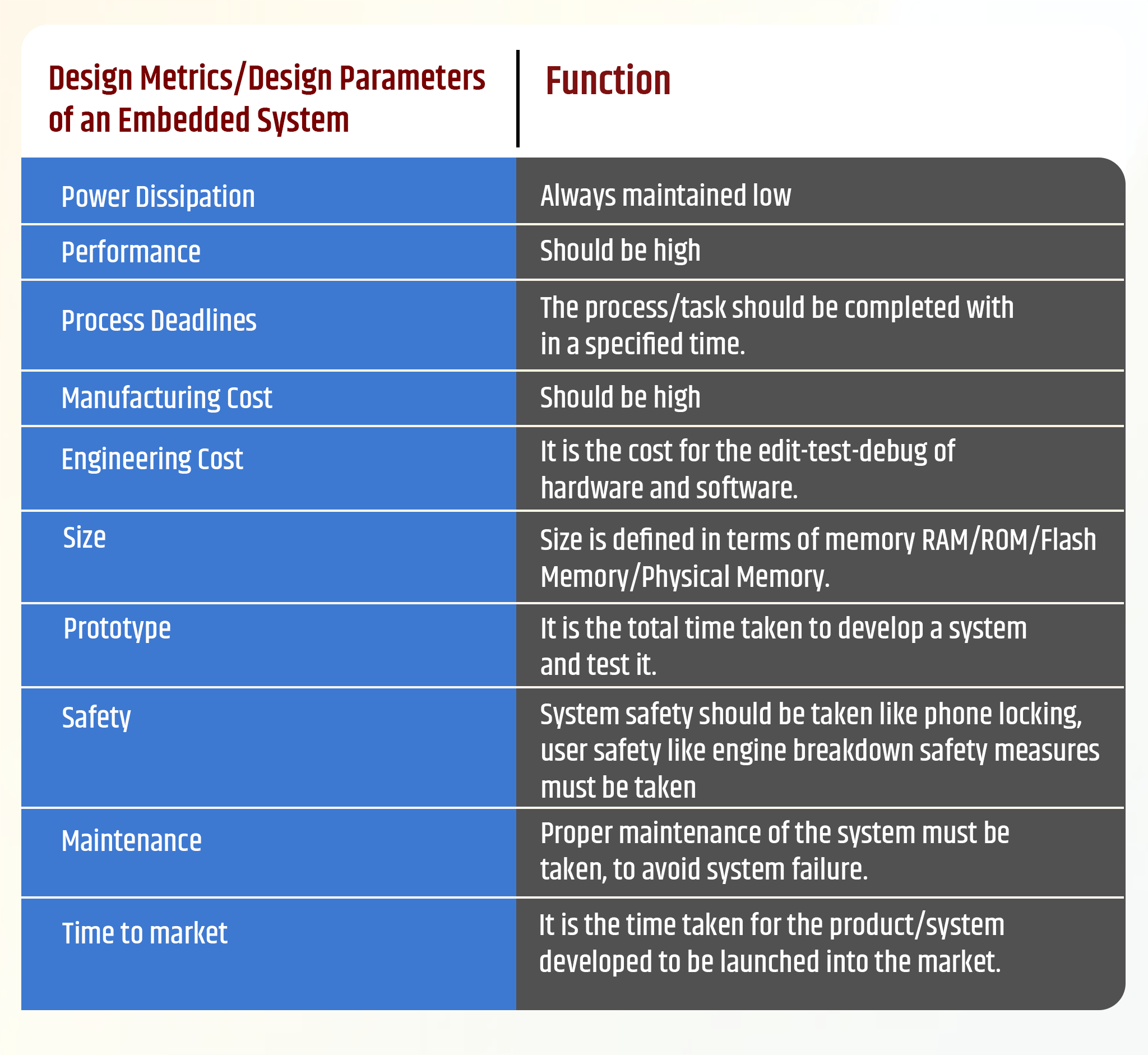
Market Growth of Embedded Systems
According to Market Data Forecast, The value of the global embedded systems market was estimated at USD 86.5 billion in 2023, and it is projected to grow from USD 91.95 billion in 2024 to USD 124.80 billion by 2029. It is anticipated to grow at a compound annual growth rate (CAGR) of 6.3% between 2024 and 2029.
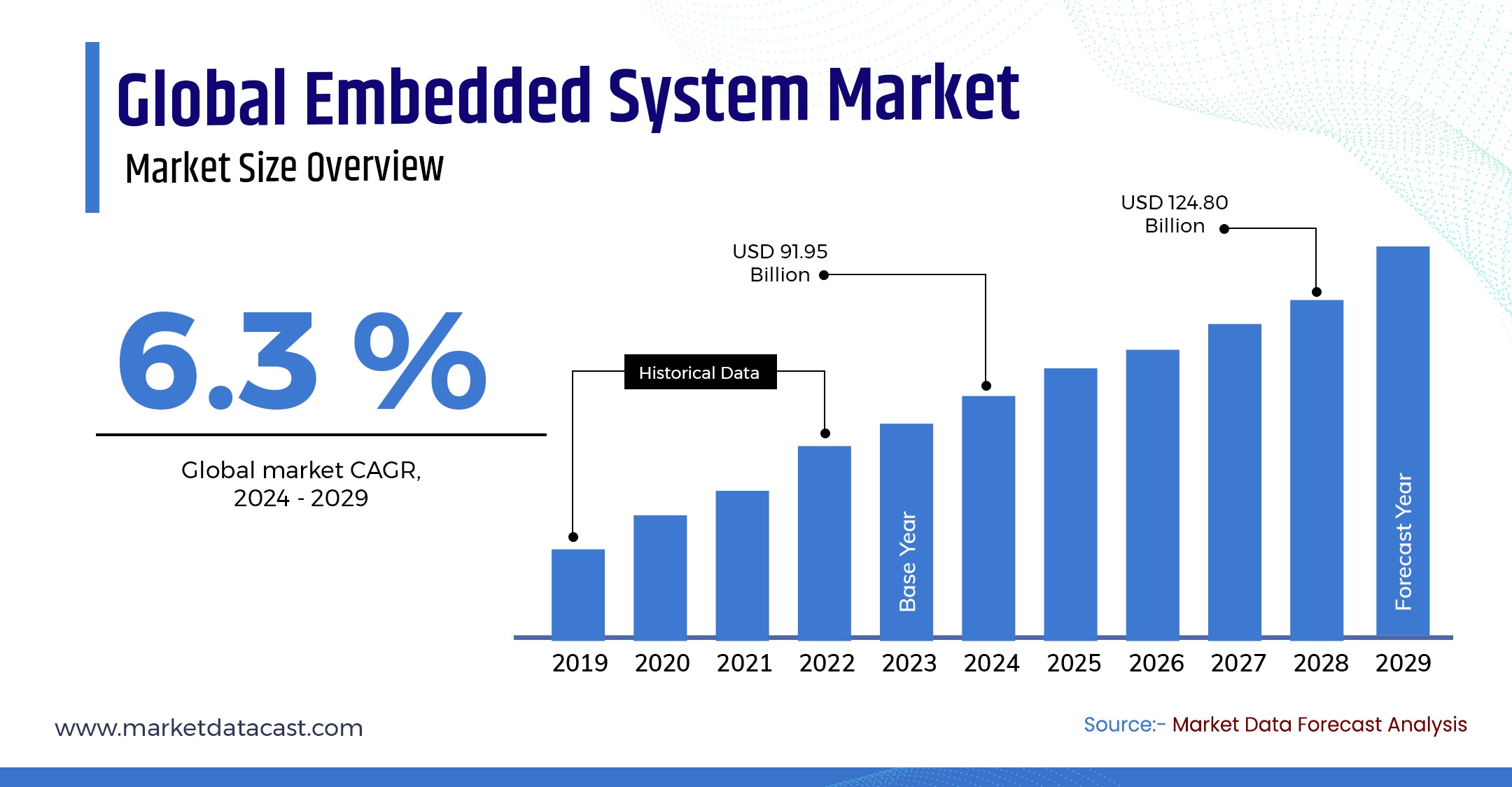
The market for computer systems that are integrated into other systems or devices in order to monitor or manage their activities is known as embedded systems.
These systems are utilized in many different industries, including consumer electronics, automotive, healthcare, and industrial automation. They are made to carry out certain tasks.
Typically, they have tiny form factors, low power consumption, and are extremely dependable and efficient.
They can be programmed to carry out a wide range of tasks, including managing electricity and resources, monitoring sensors, operating machinery, and gathering and communicating data.
Conclusion
An Embedded System is a computer system in which a hardware and software combination is designed to perform a specific function.
The primary flavors of it are: Micro-processor-based embedded systems and micro-controller-based embedded systems.
One of the main challenges developers face while designing the embedded systems is the specification and constraints that need to be placed on the design, just so the solution stands up to deliver according to the customer’s expectation as well as in time.
This necessitates a persistent focus on identifying, defining, and addressing key requirements such as performance, power consumption, size, and reliability.
In conclusion, designing the embedded system is one of the toughest steps in creating innovation with embedding at the core.
Therefore, when looking at the levels of dependency on embedded systems for everything from healthcare to transportation, the emphasis on designing solutions that meet high standards with considerable performance cannot be overstated.
With technical specifications weighed against pragmatic functionality, proper design leads to systems that blend well into their applications.
Frequently asked questions
What is design methodology in embedded systems?
The process of creating an embedded system involves fusing firmware and hardware design in order to construct a system and accomplish particular goals.
There are numerous phases involved, such as designing the PCB, constructing the schematic, coding the firmware, and programming the microcontroller.
What are the design requirements of embedded systems?
- Embedded System Design Guide
- Embedded System Attributes
- Dedicated operating system.
- Internal memory.
- Boot from ROM.
- No or minimal direct user interface.
- Requires peripherals for input/output.
- Perform in real-time.
- Highly reliable.
- Stable operation.
What is the design cycle of the embedded system?
The embedded system lifecycle development approach comprises broadly five stages – requirement analysis, designing, development, implementation, testing, and commercial launch.
What is embedded product design?
The process of creating systems that are integrated into hardware for certain purposes or tasks is known as embedded design. Definition produced by AI using Design Patterns for Embedded Systems in C (2011).
How do you design embedded systems?
The design of embedded systems entails building tiny, portable computer systems that are integrated into bigger gadgets to carry out particular tasks.
Typically, these systems are made up of memory, power sources, microprocessors, microcontrollers, and other hardware and software components.










